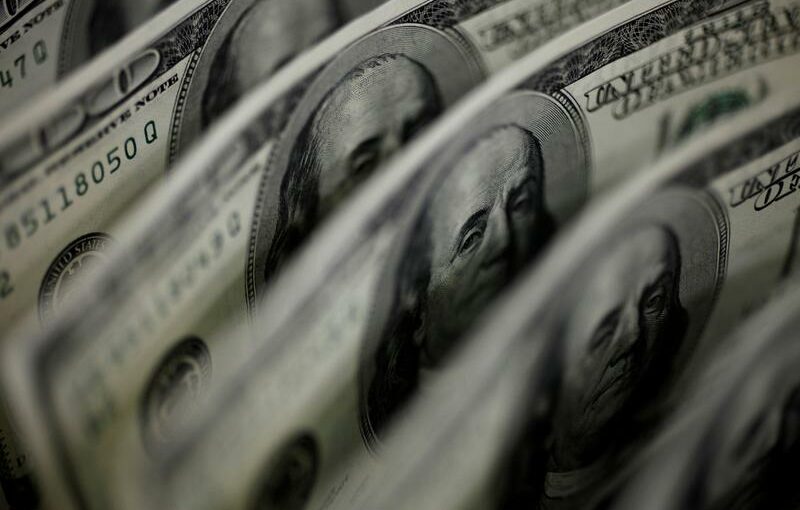TOKYO/SINGAPORE (Reuters) – The dollar crept back toward recent peaks on Tuesday as extended lockdowns in Germany and rising geopolitical tension turned investors cautious, while measures aimed at cooling New Zealand’s red-hot housing market hit the local dollar.
The Turkish lira was also wobbly but a roughly 1% drop was nothing like its 7.5% dive on Monday after President Tayyip Erdogan sacked a hawkish central bank chief, but markets’ relief was offset by worries about fresh lockdowns in Europe.
The dollar was 0.1% lower against the safe-haven yen and a bit higher against nearly all other currencies. The U.S. dollar index also rose 0.1% to 91.890.
Germany is extending its coronavirus lockdown until April 18 and calling on citizens to stay home over Easter, while diplomatic ties strained after U.S. and European Union sanctions on China drew a backlash from both China and Russia.
The kiwi hit a three-month low after the New Zealand government introduced taxes to curb housing speculation, a move some analysts said could reduce the need for monetary tightening and allow interest rates to stay lower for longer. The Aussie followed suit, falling to a three-week trough.
The move was flagged, but an end to tax relief for landlords’ loans was bolder than expected, Commonwealth Bank of Australia analyst Joe Capurso said.
The kiwi fell more than 1.2% and traded at $0.7074 late in the Asia session. Kiwi bond yields fell, especially at the short end, and the Australian dollar was 0.8% lower at $0.7685. [AUD/]
Sterling slipped about 0.2% to $1.3833 and oil linked currencies also fell with crude prices on worries that a new wave of infections will bring more lockdowns in Europe.
The Canadian dollar hit a two-week low of 1.2557 per dollar and the Norwegian crown fell about 0.4%, as benchmark Brent crude futures dropped more than 1%.[O/R]
DOLLAR DOLDRUMS
The dollar gains, however, have not breached recent peaks as investors wait to hear from U.S. policymakers before forming a view about the medium-term outlook for the currency.
The dollar index has gained about 2% so far this quarter, as speedy rollouts of COVID-19 vaccines in the United States and the Biden administration’s $1.9 trillion stimulus are seen lifting growth, driving up bond yields and drawing investors.
Its attraction was further boosted as U.S. Federal Reserve officials appeared to tolerate recent rises in yields – turning the focus now to a Congressional testimony by Fed Chair Jerome Powell and Treasury Secretary Janet Yellen later on Tuesday.
“U.S. bond yields could rise further as the market may try to find out where the pain threshold for the Fed is,” said Minori Uchida, chief currency analyst at MUFG Bank.
For now, though, the 10-year U.S. bond yields eased to 1.668% after peaking at 1.754% on Thursday, keeping the dollar in check.
“The market is interested in how far U.S. bond yields will rise. While top Fed officials have said they will keep interest rates low through 2023, there could be dissenting voices,” said Yukio Ishizuki, senior strategist at Daiwa Securities.
The Turkish lira traded at 7.8500 per dollar after a steep fall on Monday to as low as 8.485, near its record low of 8.58.
The lira’s massive fall, however, has done little so far to shake investors’ confidence in emerging market currencies as the event, the third firing of a central bank chief by Erdogan since 2019, was not perceived to hold wider risk.
The MSCI emerging market currency index dipped only slightly on Monday and steadied on Tuesday. China’s yuan weakened marginally owing to the sanctions and global tensions, to trade at 6.5107 per dollar [BNY/]
Bitcoin fell 1% to a two-week low of $53,613.
Source: Read Full Article
